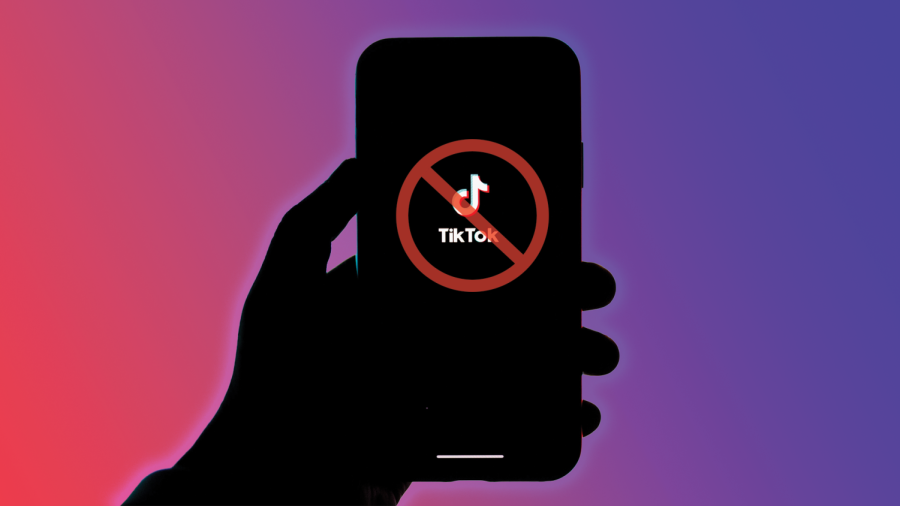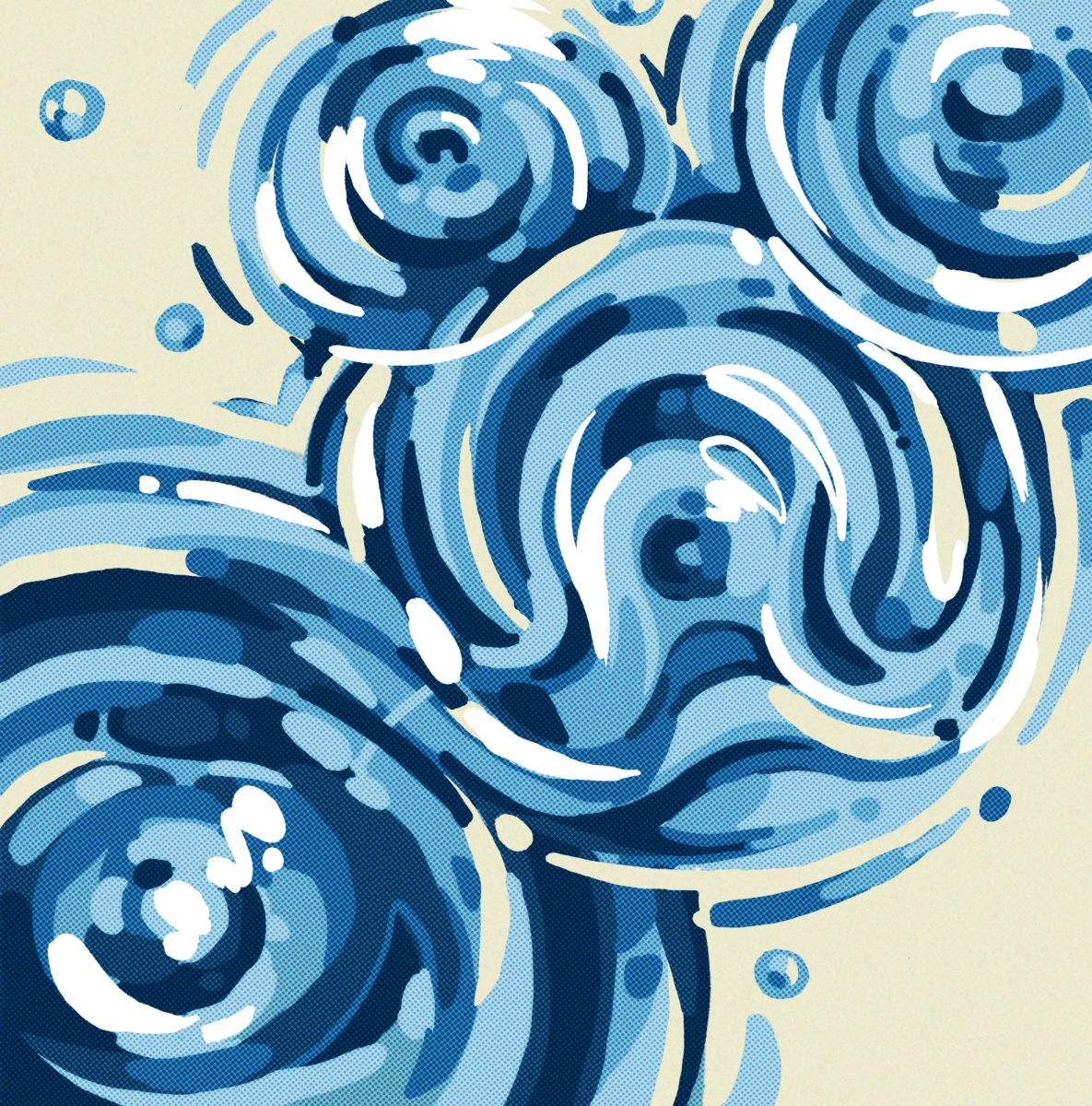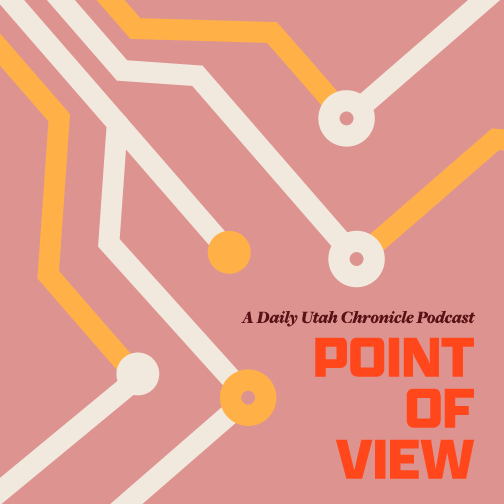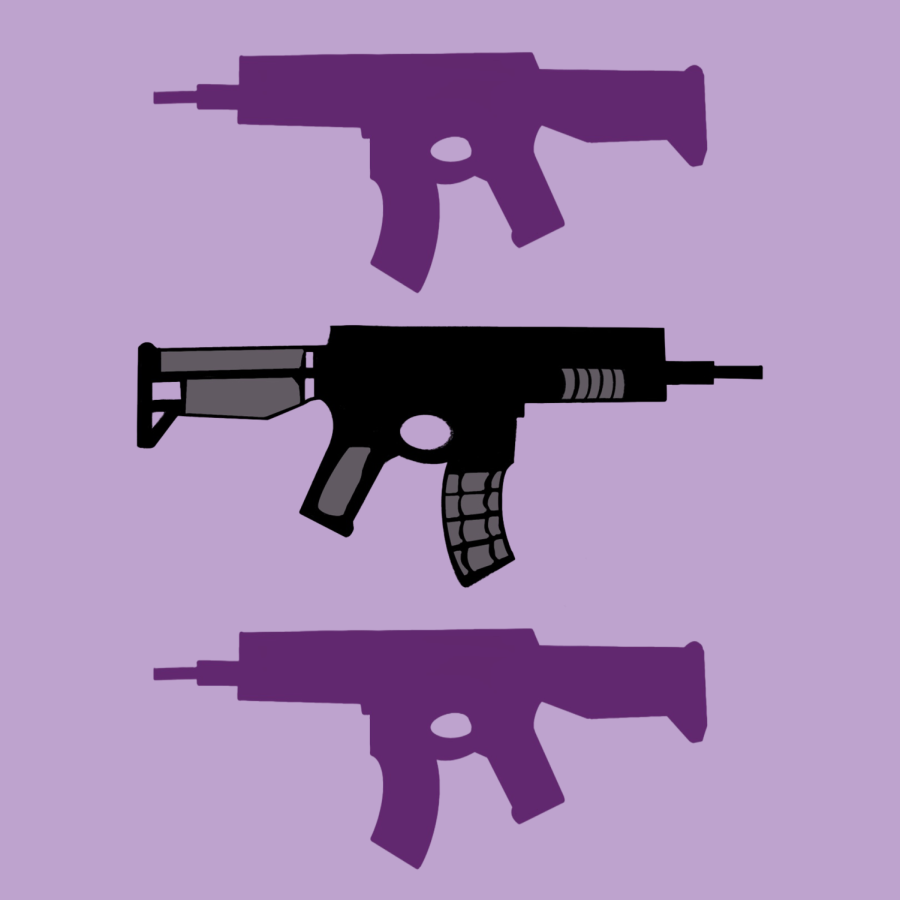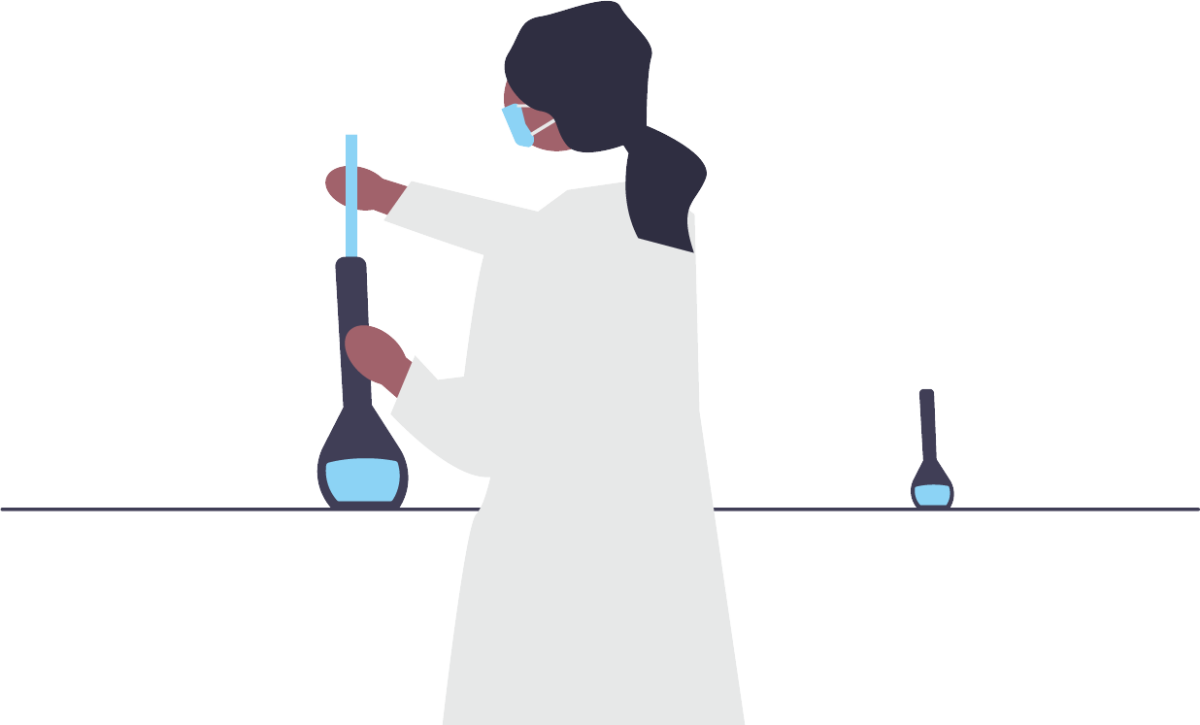Every Labor Day, the small town of Wellsville, Utah, hosts the Wellsville Founders’ Day Parade in celebration of the town’s founding. In addition to the parade, the northern Utah town’s 3,678 occupants come to either witness or perform in the Sham Battle, a reenactment of the Battle of the Bear River, an alleged Native American attack on early Utah pioneers. The battle is a spectacle to witness; shirtless Wellsville residents doused in red paint pretending to brutishly attack the helpless white settlers.
“The Indians thought they could burn the pioneers’ building to the ground,” an announcer tells the crowd.
For the town, it is a sort of purge — a way to let off steam and forget about the rules and regulations of civil society.
“You kind of get to act crazy and hoop and holler, and … [act] like you’re a threat,” one woman wearing war paint told Fox13.
The people of Wellsville’s fun and foolishness comes at a price: the suffering of those who feel like they have been wrongly portrayed. After witnessing the minstrel battle, the director of the Ute Political Action Committee Robert Lucero said he couldn’t believe what he saw.
“To portray the Indians as the savages … we’re supposed to be over that portrayal,” Lucero said. “It’s just not right.”
Wellsville is a small Cache County town and, on the surface, the racist actions of its ignorant inhabitants do not seem indicative of some greater-scale cultural insensitivity. But similar behavior has taken place at the University of Utah, the state’s oldest institution of higher education. The Runnin’ Utes were the Runnin’ Redskins in the ‘50s and ‘60s; a Native American boy named Hoyo was the mascot before being replaced by the “Crimson Warrior,” a student dressed in sacred American Indian garb who would warm up the crowd at Ute football games. Utahns are inclined to appropriate Native American imagery like bees are inclined to make honey.
Ute Tribe Approval
A few subtle changes, clarifications and agreements between tribal leaders and U officials and we are expected to believe all of this is a problem of the past. It may be true, as the NCAA acknowledged in 2005, that it is inappropriate for schools to use Native American mascots and names, but the Utah Utes are thought to be a unique exception because the school has the blessing of the Northern Ute tribe. The drum and feather has been largely phased out by the Block U, and cartoons of Hoyo have been swapped with photographs of real Native American children with captions like “Respect” and “Heritage.” A handful of scholarships for Ute students and a few halftime show ceremonies and the U would like this controversy to be behind it.
For almost everybody, it is. When The Utah Chronicle ran a poll in August, 2016, asking whether there was anything offensive about the Utes nickname, 90 percent of respondents said no.
“[W]hy are we telling the Ute tribe what is offensive?” one Twitter user replied to the poll. “The tribe celebrates a Ute Proud cultural event/day every year.” Another asked “wtf?!?! Why is this a topic? We love the Ute folks/tribe and are honored they let us use the name.”
Not only have U students fully embraced their Ute identity, they feel entitled to it, and they feel that they are doing a morally and culturally good thing by representing the Ute tribe through dignified symbolism and imagery.
Still, there are those who disagree. Carl Moore, a chairperson with Peaceful Action for Native Dialogue and Organizing Support (PANDOS), explained his dilemma: he is personally against the drum and feather logo, but he wants to respect the decisions of tribal leaders who allow the sacred symbol to be used. Moore recognizes that the leaders of the Ute tribe have the final say on things, not him or anybody else.
Tribe Being Used
Moore believes the Ute tribe is getting a bad deal out of its agreement with the university. They’re being used, he said, co-opted by an entity set on raising its public reputation by sponsoring a marginalized community, appeasing the people by showing that the U cares about inclusivity.
“But they [the tribe] don’t really have the power,” Moore said. “[The U is] just using the Ute tribe, and then what do they do? One time a year they have a halftime show. And then the Ute tribe goes out there and the audience goes, ‘Oh, wow. We have this good relationship with these Ute people and see these dancers and we understand the culture. We’ve cultured ourselves and done our duty to these people because we watched a dance.’”
Moore’s opposition to the drum and feather stems from his rejection of the premise that the symbol is used in a respectful way. He would prefer if they didn’t use it because “the drum and feather gives the fans or whoever a reason to appropriate.” To Moore, there is something irreverent and offensive about a drum and feather, which respectively represent Mother Earth and the pathways towards expressing yourself to the creator, printed on t-shirts, tank tops, truck flags, beer koozies, license plates, stuffed animals, booty shorts and football helmets. What a crazy guy.
Loss of Identity
Because Native Americans are historically and contemporarily marginalized, they are rarely given the opportunity to represent or speak for themselves. Consequently, popular media is filled with stereotypes, caricatures and assumptions about what it means to be Native American. When you don’t fit the mold, you are told you’re not really native, Moore said.
“So when I come along and I’m not wearing any of that stuff [Native American imagery] and I don’t look like that [Native American stereotype], they tell me, ‘You’re not Native because you don’t look like this,’” Moore said.
Racial stereotypes in the media also affect the way native youth view themselves. Moore said it is common for native children to grow up not fitting a composite image, and as a result they expereience feelings like “we are somehow not whole, and we are not Native because we don’t fit the stereotype image.” In other words, cultural appropriation and racial stereotyping amounts to stripping native children of their identity.
“That’s just something a lot of people don’t realize,” Moore said. “It’s bad for us and our psyche because we can’t even be whole. We can’t be complete because we don’t fit in.”
This seems like a high cost for an athletics logo. There are certainly benefits that come from the Ute tribe’s sponsorship with the U, such as the tribe being given a platform through a well known and respected institution. But the drum and feather logo is an uncomfortable reminder of the plight, both physical and cultural, faced by this country’s indigenous people. Out of respect for Native sovereignty and in an effort to eliminate culturally insensitive behavior from Utahns (like those in Wellsville), the U Athletics Department should finally abandon the drum and feather.









